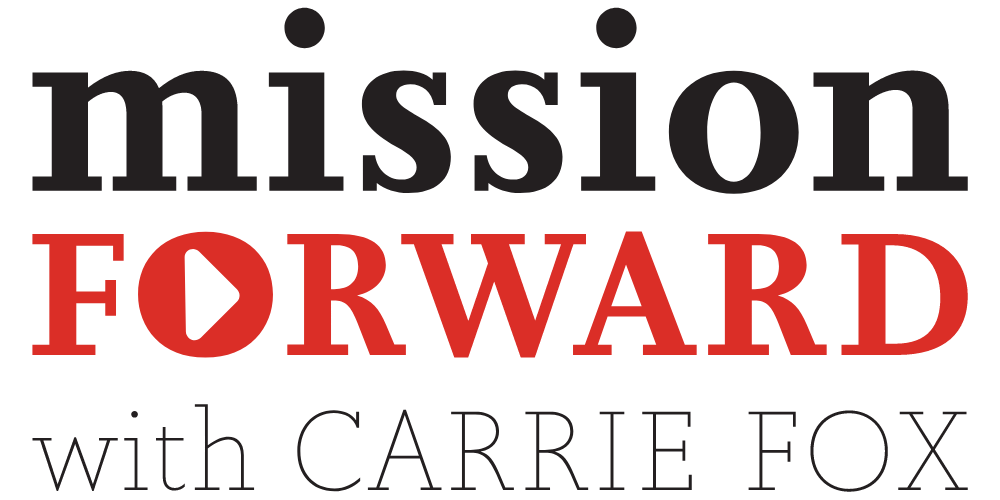Finding the Words • Back to the Basics
About This Episode
Have you ever been given an assignment so daunting that it made you wonder, “How in the world will I ever do this?” Those responsible for communicating during the most uncertain times of COVID-19 surely know the feeling.
Thanks for listening. This is the 16th article in a year-long series called Finding the Words. If you liked this week's essay, we hope you'll forward it along. And a reminder that your family, friends, and colleagues can subscribe to Finding the Words too — along with every episode of our podcast — simply by clicking this link.
-
Have you ever been given an assignment so daunting that it made you wonder, “How in the world will I ever do this?”
Those responsible for communicating during the most uncertain times of COVID-19 surely know the feeling.
Whether communicating to a close-in group of employees or a global network of donors, communicating through COVID has often felt like navigating through a hailstorm; perhaps you can see right ahead of you but surely no further, which makes getting the message out and making sure it’s heard a complex problem.
I’ve spent the last many months asking communicators of all types— from public health professionals to teachers, nonprofit leaders and university professors— what they’ve learned about themselves and their communications styles during this time of COVID. Sure enough, the top takeaway is clear: Communicating in the height of uncertainty requires that we do at least one thing well: be plain and simple.
In other words, focus on the basics.
For Nicole Engdahl and her colleagues at the National Park Foundation, they decided to turn a feeling of uncertainty into a plan for success. When COVID hit, their department was faced with a decision: keep their fundraising appeals going uninterrupted or pull every scheduled mailing out of market. At the risk of sounding tone-deaf, they pulled everything, and decided instead to prioritize what mattered most in those moments: real and direct connections with people.
As Nicole shared with me recently, their initial reaction was to dream up a communications campaign that felt new and different; something that was innovative and catchy.
But then it hit them. In a time of uncertainty, their donors didn’t need something new or different. They needed something that felt comfortable, and certain.
They needed the basics.
And that’s just what Nicole and her team did: they reached out to individuals directly, and engaged in conversation. They asked about the role of the parks on people’s lives, and how in those most uncertain of moments, the parks were serving as a place of calm amid the chaos. By flipping the script and communicating in a way that allowed donors to feel even more connected to their mission, the National Park Foundation did the unexpected: they surpassed their fundraising goals.
Whether you’re faced with a daunting communications challenge or considering how to break through the noise with your next marketing campaign, just remember this: The basics of communication— connecting with people, not communicating at people—will always be a good place to start. Ground yourself in who and what matters, and that communications task might suddenly feel a little more approachable.

